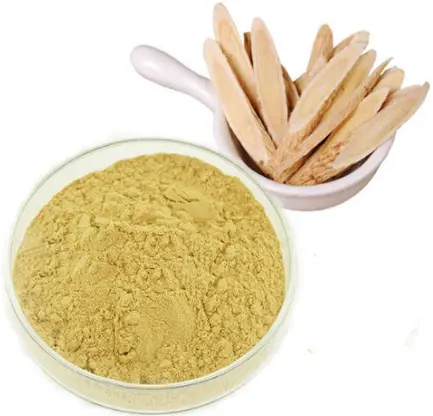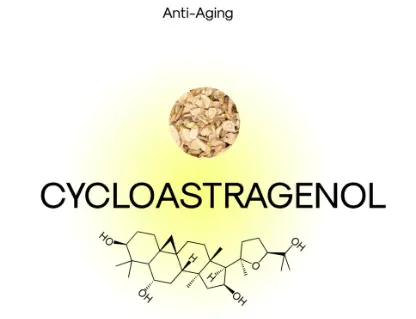What is Cycloastragenol?
Cycloastragenol, also known as triterpenoid cycloastragenol, has a chemical formula of C30H50O5 and a molecular weight of 490.71. It usually appears as colorless needle-shaped crystals and is a compound with unique biological activity.

Source of Cycloastragenol
1. Plant source: Cycloastragenol is mainly derived from the dried roots of the leguminous plant Astragalus (such as Astragalus membranaceus (Fisch.) Bge. var. mongholicus (Bge.) Hsiao or Astragalus membranaceus (Fisch.) Bge.). These Astragalus plants are widely planted in China and other places and are the main natural source of cycloastragenol.
2. Chemical synthesis and extraction: Although cycloastragenol can be extracted from plants, the extraction process is relatively complicated and costly. Therefore, scientists are also exploring chemical synthesis methods to reduce costs. However, the current chemical synthesis method still faces many challenges, such as harsh reaction conditions and low yield. In contrast, the extraction of cycloastragenol from plants is still the main method.
3. Hydrolysis process: Cycloastragenol is the hydrolysis product of Astragaloside IV. During the extraction process, Astragaloside IV is first extracted and then converted into cycloastragenol through a hydrolysis reaction. This process requires strict control of reaction conditions and catalyst selection to ensure product purity and yield.

Biological activity and pharmacological effects
1.Telomerase activator: Cycloastragenol is the only reported telomerase activator among natural products. Telomeres are structures at the ends of chromosomes that gradually shorten as cells divide. When they reach a critical length, they will cause cell aging and disease. Cycloastragenol activates telomerase and promotes telomere extension, thus having an anti-aging effect.
2.Anti-apoptotic effect: Cycloastragenol can inhibit the process of cell apoptosis and protect cells from damage.
3.Anti-fibrosis effect: Studies have shown that cycloastragenol has a potential therapeutic effect on fibrotic diseases.
4.Immunomodulatory effect: Cycloastragenol can regulate the function of the immune system and enhance the body's resistance.
5.Promoting cell proliferation and wound healing: Cycloastragenol has the effect of promoting cell proliferation and accelerating wound healing.
Application prospects
Based on the various pharmacological effects of cycloastragenol, it has broad application prospects in the fields of anti-aging, anti-fibrosis, and immune regulation. In addition, cycloastragenol may also have potential therapeutic effects on telomere dysfunction-related diseases such as ischemic brain damage, diabetic complications, idiopathic pulmonary fibrosis, and osteoporosis.

Conclusion
Cycloastragenol is a triterpenoid saponin compound with unique biological activity, mainly derived from the dried root of Astragalus. Cycloastragenol can be obtained by hydrolyzing astragaloside IV, and cycloastragenol has significant effects in anti-aging, anti-inflammatory, and antioxidant aspects, and has broad application prospects.
Website:site_e45e9567-9e32-465a-b8fd-e09f03f798c3
Mailbox:ericyang@xasost.com
WhatsApp:+86 13165723260

 Food Additives
Food Additives









